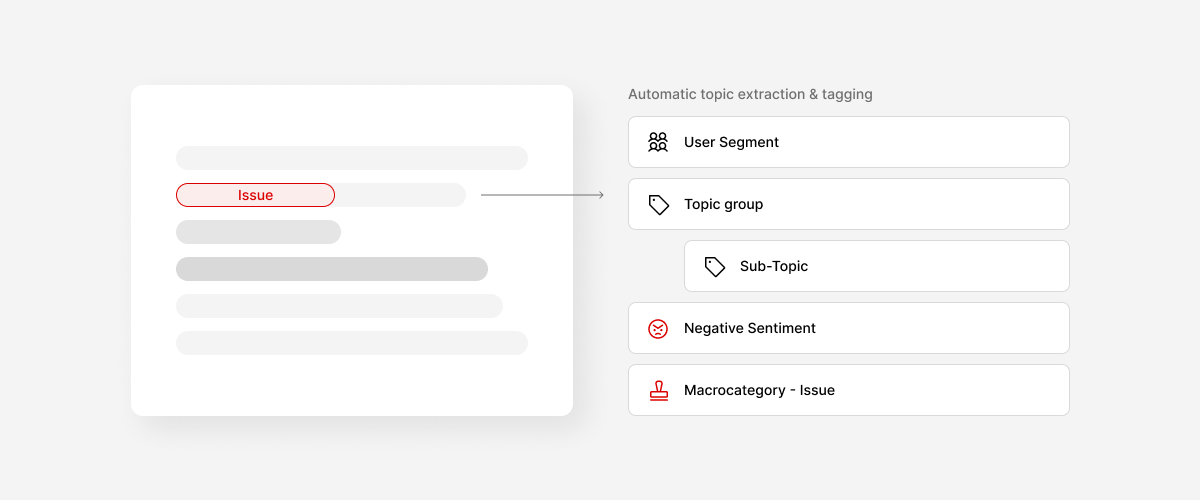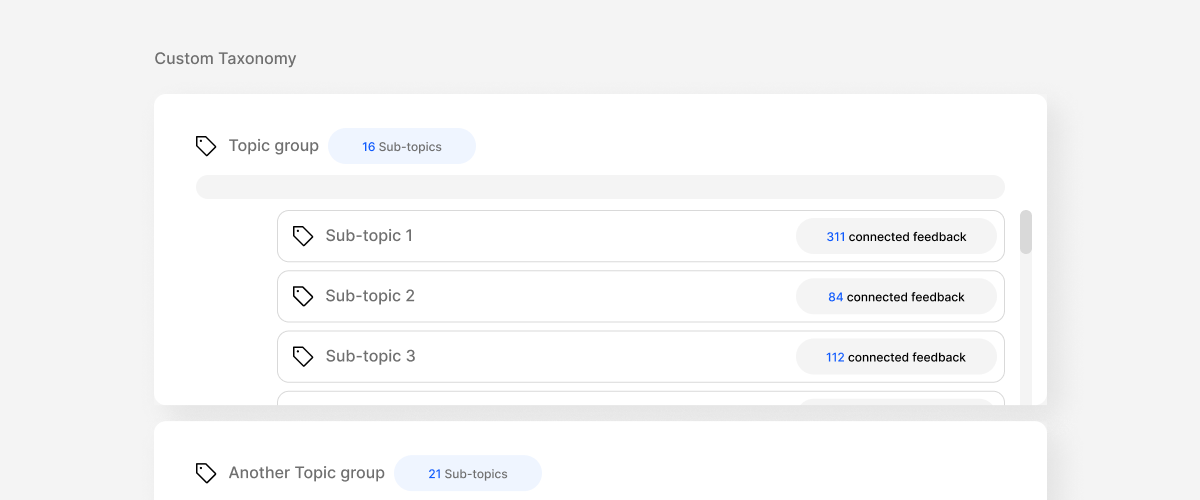Product Roadmaps are a key component of any successful product development and product management process. We talked about them in detail here.
However, roadmaps are moving away from hard dates and deadlines and instead are more and more focused on future outcomes. Product managers should be aware of this evolution and be the first to bring product culture to their companies.
You already know what a product roadmap is, don’t you?.
We define it as a high-level visual representation of a product’s direction which is meant to be in line with the company’s overall corporate strategy. Product Roadmaps provide a high-level view of the product development process, including the expected deliverables and milestones - and are essential when it comes to aligning teams, departments and C-levels.
Product roadmaps have traditionally been time-based, with specific deadlines and milestones for each phase of product development. While these deadlines can help keep teams accountable and on track, they can also be limiting. Deadlines can lead to an overly rigid approach to product development, where teams focus on hitting deadlines rather than achieving the desired outcomes.
Today, product roadmaps within many organizations are evolving to focus more on future outcomes than specific dates. Instead of setting hard deadlines, product managers are defining key metrics and outcomes that they want to achieve. This approach allows teams to be more flexible and responsive to changing market conditions and customer needs. It also encourages a more customer-centric approach to product development, where teams focus on delivering the best possible product to meet customer needs.
New overarching trends
Here at Zefi we love to use the now, next, later roadmap[link template] that provides a more outcome-focused view of our next development steps, more than having a time constraint. Another thing we love to use is the use of OKRs, Objectives and Key Results as an embedded metric of any roadmap or strategy we put out.
OKRs are a popular goal-setting framework that has gained widespread adoption in the tech industry and provide a more outcome-focused approach to product development by defining specific objectives and measurable key results that the team wants to achieve.
Using OKRs you can then define high-level objectives for their product. Some examples could be:
- improving customer satisfaction
- increasing revenue
- reducing churn.
You can then break down these objectives into measurable key results, such as
- increasing website traffic by 50%
- improving customer retention by 20%
- launching a new feature that generates $100,000 in monthly revenues.
One reason that OKRs are becoming seemingly a more popular component of product roadmaps is that they have the potential to encourage a more data-driven approach to product development, where teams focus on achieving specific outcomes rather than just hitting deadlines.
OKRs also enables product managers to communicate their product vision more effectively to stakeholders, by providing clear, measurable goals that anyone can understand and get behind.
Products are becoming more and more iterative, with features released fast and improved over time and so are becoming product roadmaps. Defining outcomes allows product managers to change and redefine them based on changing business goals.
In today’s fast-paced world of technology, where customer needs and market trends can shift rapidly, this approach is crucial for success. So while a product roadmap used to be seen as a “promise” and was seemingly set in stone, today’s top Product Managers are encouraged to constantly revisit, and if necessary, revise their Product Roadmaps on an ongoing basis to meet the changing landscape of their customers’ lives.
Is this a good thing?
Ultimately, this evolution is a good thing for product managers.
With less rigid roadmaps a product team can stay more flexible and be responsive to changing market conditions and customer needs. This outcome-focused approach allows product teams to deliver the best possible product to meet customer needs, rather than hitting specific feature-focused milestones at arbitrary times.
And the key question now is: how can these product teams convince the C-suite and their board to accept this approach to building products? Most of them will pester you about deadlines, time to market and big customers asking for big feature releases.
The best way it’s to show them results and eliminate all the noise that comes with usual product management techniques. You’d probably like to take a look at Zefi and see how it can help you manage expactations and share updates!



























